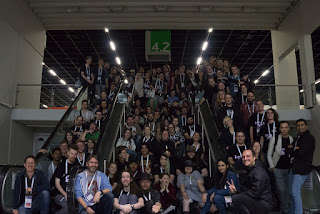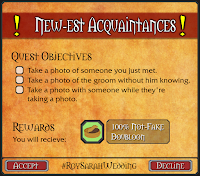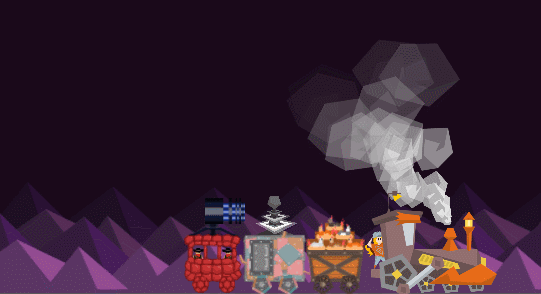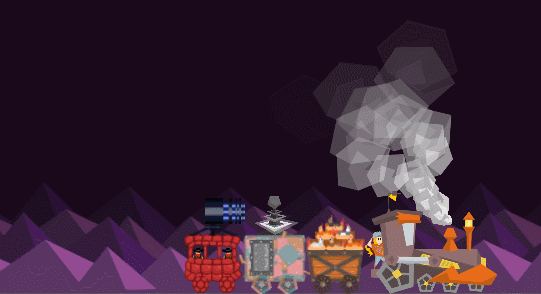Devcom
Devcom is a new conference, filling the void left by GDC Europe. This was its first year, and it hit its fair share of hiccups. It is geared for more traditional game developers, has loads of useful talks and networking, and was generally very useful. I'm really happy to see that it is already confirmed to run again next year, and I definitely recommend attending, especially if you volunteer! Volunteers get access to all the Devcom talks and attendee parties, so it's a great opportunity. This year we also got access to the vault, so we can watch any talks we missed while on shift.
RESPAWN
RESPAWN is a returning conference, but not one I had attended before. I loved it. More than Devcom, this was a conference geared towards me - the indie developer. The presentation was fun - apparently they do themes each year, this year it was a "fun faire" theme with stages named after Ferris Wheels, Cotten Candy, etc, and an actual fun fair area with silly fair games. The talks were small, fast paced, practical, and intended for an indie developer audience. There was also an indie developer showcase area. One thing that was very interesting and really cemented the feel of the conference was that all talks were held in one giant room - each "stage" was just a group of chairs around a large TV, and speakers used a mic linked to headsets worn by the attendees to get their talks heard above the noise of the hall. It was an interesting way to handle the space and really made the experience feel unique. Again, we were given access to the RESPAWN talks while not on shift, and I really enjoyed them.
Gamescom
Gamescom needs no introduction for most European gamers, but for my American readers, introduce I shall - it is the biggest gaming convention in the world and takes place each year in Cologne, Germany. We were volunteering for the Devcom area in one of the Gamescom trade halls, but while not on shift we were free to wander both the trade and general show floors. As it was the last year I came, it was a crowded, crazy, amazing experience. We got to explore the trade area, meet great folks there, and play loads of awesome games in the consumer area. We watched the Blizzard "reveal" in person (they weren't revealing much this year), played Monster Hunter World, and generally had a great time hunting swag and fun.
Volunteering
 Volunteering made the entire experience far better than it would have been alone. When you join the volunteer program, you instantly get a large group of awesome people with whom to attend talks, parties, and explore the show floor. I ended up taking on some extra duties this year with the volunteers, and it made the experience even better. Last time I volunteered, I had a great time but I feel like not too many of the other volunteers remembered me afterwards. This year, because I was very visible and active in my role there, I expect many more of them will remember me (hopefully fondly!). Due to my volunteer position I also got to meet several important folks in the industry including the director of ID@Xbox and the manager for Warcraft's design department. It was pretty great!
Volunteering made the entire experience far better than it would have been alone. When you join the volunteer program, you instantly get a large group of awesome people with whom to attend talks, parties, and explore the show floor. I ended up taking on some extra duties this year with the volunteers, and it made the experience even better. Last time I volunteered, I had a great time but I feel like not too many of the other volunteers remembered me afterwards. This year, because I was very visible and active in my role there, I expect many more of them will remember me (hopefully fondly!). Due to my volunteer position I also got to meet several important folks in the industry including the director of ID@Xbox and the manager for Warcraft's design department. It was pretty great!
I highly recommend attending these conferences if you are able to, especially as a volunteer, The tickets can be pretty expensive normally, but as a volunteer you get in for free - only lodging and transportation are needed! I do hope someday to exhibit at RESPAWN or Gamescom, but for now, volunteering is a great way to make contacts and friends!
NOTE: Pictures (aside from the stock gamescom one) by fellow volunteer Laurens Mathot.
NOTE: Pictures (aside from the stock gamescom one) by fellow volunteer Laurens Mathot.

















































